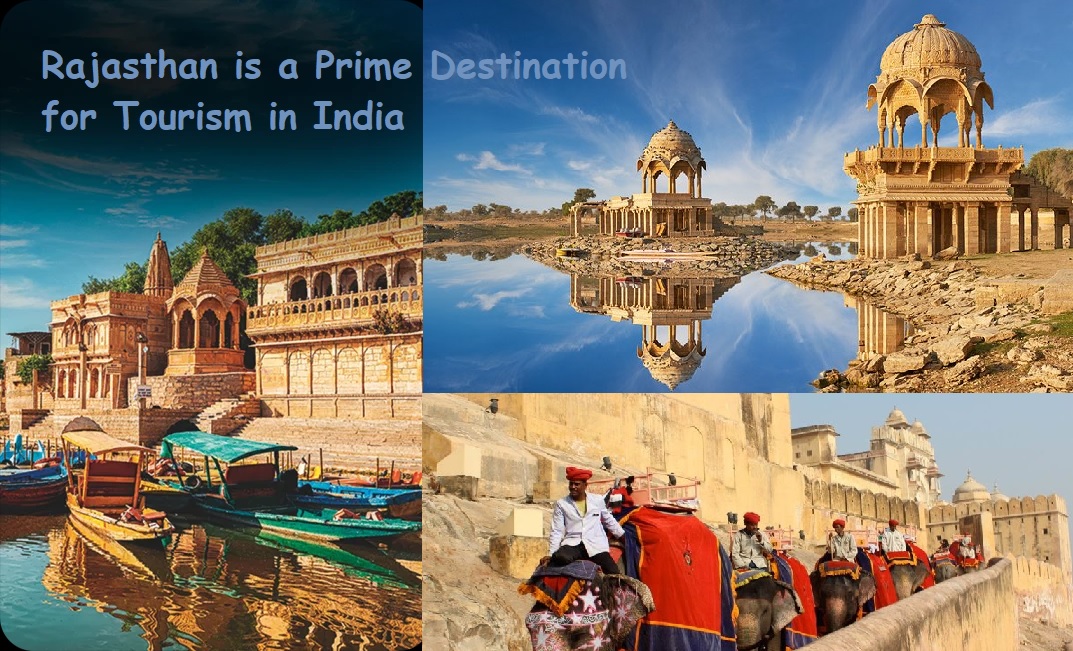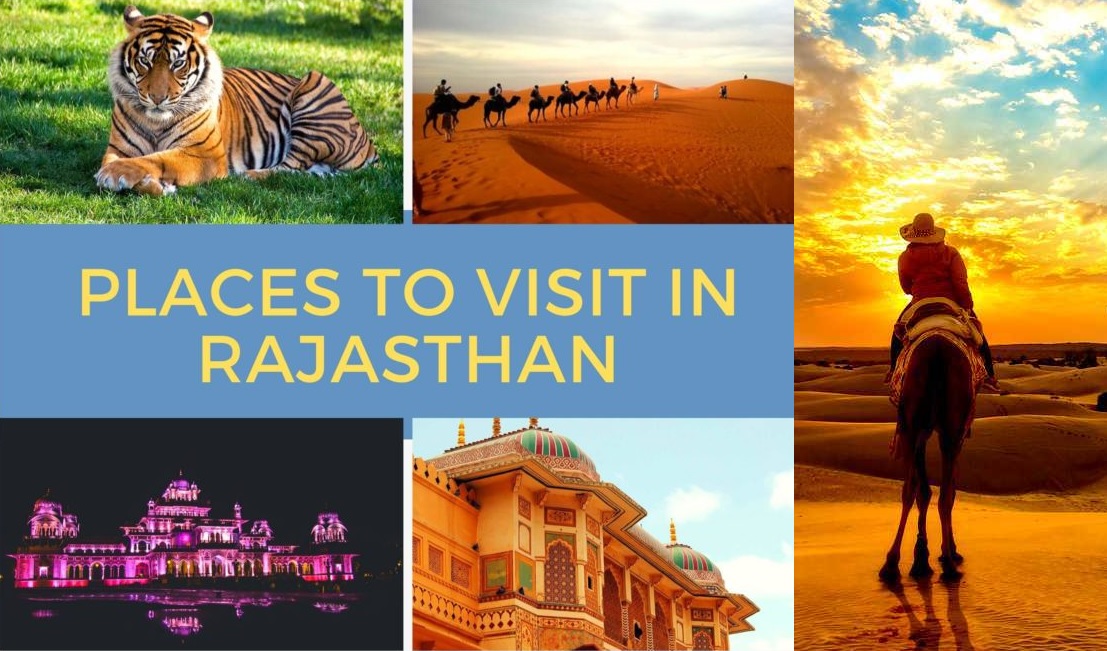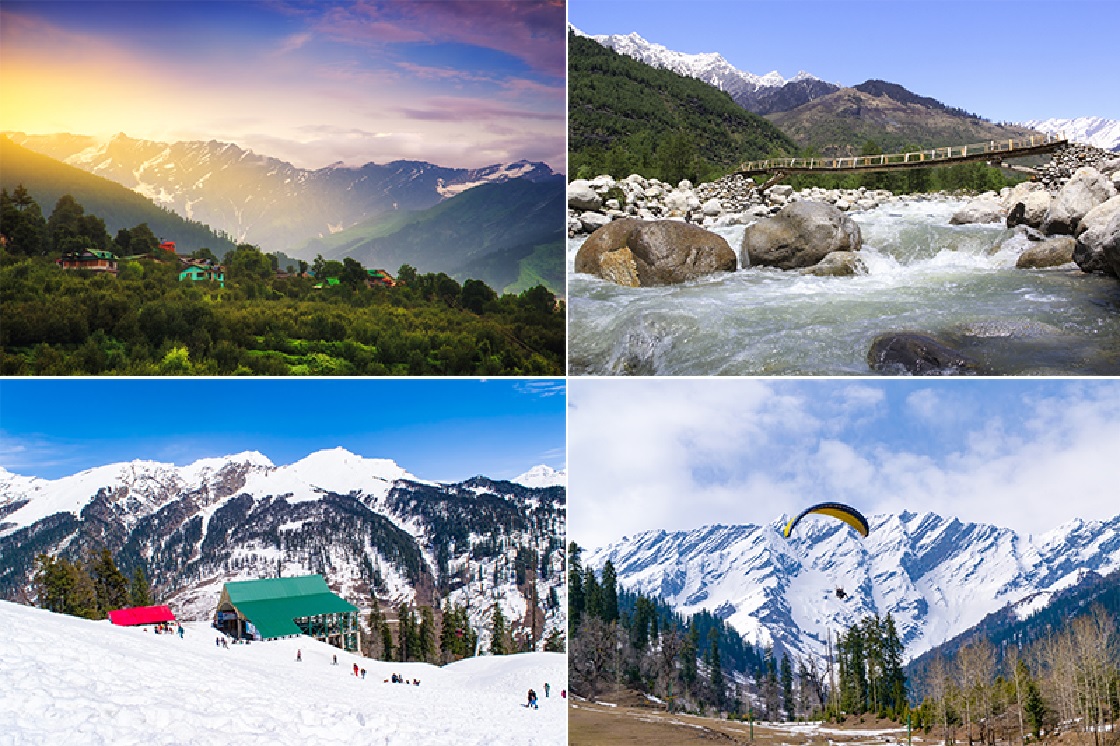
Introduction:
Nowruz, often referred to as Persian New Year, is a traditional festival celebrated by various cultures and communities, particularly those in the Middle East, Central Asia, and parts of South Asia. It marks the beginning of the spring equinox and symbolizes renewal, rebirth, and the arrival of a new year. Nowruz festivities typically involve various customs, including the cleaning of homes, family gatherings, feasting on traditional foods, and exchanging gifts. It holds deep cultural and historical significance, representing unity, hope, and the triumph of light over darkness.
As winter fades away and the days grow longer, communities across the world prepare to celebrate Nowruz, the joyous festival of new beginnings. Nowruz, which translates to “New Day,” heralds the arrival of spring and marks the beginning of the Persian New Year. With its roots deeply entrenched in ancient traditions and cultural heritage, Nowruz holds a special place in the hearts of millions, transcending borders and uniting people in joyous festivities. In this blog, we delve into the rich tapestry of Nowruz celebrations, exploring its customs, significance, and the spirit of renewal it brings.
Origins of Nowruz:
The origins of Nowruz trace back to ancient times, rooted in the cultural and religious practices of the people of the Persian Empire, particularly those adhering to the Zoroastrian faith. Nowruz, which means “new day” in Persian, signifies the beginning of the solar year and the arrival of spring. It is believed to have originated over 3,000 years ago in the ancient Zoroastrian faith practiced in Persia what is now modern-day Iran and has since been celebrated by various cultures across the region. The festival falls on the vernal equinox, symbolizing the end of darkness and the triumph of light. It embodies themes of renewal, rejuvenation, and the eternal cycle of life, resonating deeply with the human spirit’s longing for hope and new beginnings.
Nowruz marks the arrival of spring and the vernal equinox, symbolizing renewal, rejuvenation, and the triumph of light over darkness. Its origins can be traced back to the ancient Zoroastrian religion, practiced in what is now modern-day Iran. The festival’s name itself translates to “New Day” in Persian, reflecting its association with the beginning of the new solar year.
Despite the passage of millennia and the rise and fall of empires, Nowruz has persisted as a symbol of resilience, unity, and cultural heritage, transcending religious and ethnic boundaries. Today, it remains one of the most widely celebrated and cherished festivals in the world, recognized by millions of people across various countries and communities as a time of joy, reflection, and new beginnings.
Significance of Nowruz:
The significance of Nowruz, celebrated for over 3,000 years, is deeply ingrained in cultural, spiritual, and historical contexts. This ancient festival holds multifaceted importance, symbolizing various themes and values cherished by communities across the Middle East, Central Asia, and parts of South Asia.
In Zoroastrianism, Nowruz holds significant spiritual importance, symbolizing the eternal cycle of life, renewal, and the triumph of light over darkness. It is linked to the ancient Persian deity Ahura Mazda, representing the principle of cosmic order and harmony.
Nowruz embodies themes of hope, unity, and cultural identity, fostering a sense of connection among people of different backgrounds. Its enduring significance resonates not only as a marker of seasonal change but also as a testament to the resilience of ancient traditions in the face of evolving societies. As communities continue to celebrate Nowruz with joy and reverence, they honor a rich tapestry of heritage that transcends time and borders.
Celebration of Renewal: Nowruz marks the arrival of spring and the vernal equinox, signifying the renewal of nature and the beginning of a new solar year. It embodies themes of rebirth, rejuvenation, and the triumph of life over the darkness of winter.
Cultural Identity: Nowruz is a testament to the rich cultural heritage of the Persian Empire and its enduring influence on diverse societies. It serves as a symbol of unity and pride for communities that celebrate it, fostering a sense of shared identity and belonging.
Spiritual Significance: In Zoroastrianism, the ancient religion of Persia, Nowruz holds profound spiritual significance. It is associated with the principles of light, purity, and cosmic order, reflecting the eternal struggle between good and evil.
Family and Community Bonding: Nowruz is a time for families to come together, exchange gifts, and partake in traditional rituals. It strengthens bonds between generations and fosters a sense of community solidarity as people gather to celebrate shared customs and traditions.
Cultural Exchange: Nowruz transcends religious and ethnic boundaries, serving as a bridge between different cultures and civilizations. It provides an opportunity for intercultural dialogue and fosters mutual understanding and respect among diverse communities.
Hope and Optimism: As a festival of new beginnings, Nowruz is imbued with a spirit of hope, optimism, and positivity for the year ahead. It inspires people to reflect on the past, set goals for the future, and embrace opportunities for personal growth and renewal.
Customs and Traditions of Nowruz:
Nowruz is a time of vibrant customs and cherished traditions, each symbolizing different aspects of the festival’s significance. Weeks before Nowruz, households engage in “khaneh tekani” or spring cleaning, purifying their homes and hearts to welcome the new year with freshness and positivity. Families gather around the “Haft-Seen” table, adorned with seven symbolic items starting with the Persian letter “seen,” representing blessings such as prosperity, health, and fertility. Other customs include the exchange of gifts, visiting loved ones, and feasting on traditional delicacies.
Haft-Seen Table: A central feature of Nowruz celebrations is the Haft-Seen table, adorned with seven symbolic items, each starting with the Persian letter “seen” (س). These items typically include Sabzeh (wheat or lentil sprouts symbolizing rebirth), Samanu (sweet pudding symbolizing affluence), Senjed (dried fruit of the oleaster tree symbolizing love), Seer (garlic symbolizing medicine), Seeb (apple symbolizing beauty and health), Serkeh (vinegar symbolizing age and patience), and Somāq (sumac berries symbolizing the sunrise).
Chaharshanbe Suri: On the eve of the last Wednesday before Nowruz, people celebrate Chaharshanbe Suri, or the Festival of Fire. This involves jumping over bonfires to cleanse away misfortunes and symbolically welcome the new year with light and warmth.
Spring Cleaning (Khoneh Tekani): Prior to Nowruz, families engage in thorough cleaning and decluttering of their homes, symbolizing the renewal of life and the removal of negativity.
New Year Visits (Eid Didani): During the Nowruz holiday, it is customary for families and friends to visit each other’s homes, share meals, and exchange gifts as a symbol of goodwill and solidarity.
Giving Gifts (Eidi): It is common to give gifts, especially to children, during the Nowruz celebrations. These gifts, known as Eidi, symbolize blessings, prosperity, and good fortune for the new year.
Nowruz Feast: Nowruz is celebrated with elaborate feasts featuring traditional dishes that vary across different regions. Special foods such as Sabzi Polo (herb rice), Mahi Polo (fish rice), and Ash-e Reshteh (herb and noodle soup) are commonly served to mark the occasion.
Visiting Gardens (Sizdah Bedar): On the thirteenth day of Nowruz, families traditionally spend time outdoors, picnicking in parks or nature spots. This day, known as Sizdah Bedar, symbolizes the end of the holiday period and the return to everyday life.
Haji Firuz: A traditional character associated with Nowruz celebrations is Haji Firuz, a jolly figure dressed in bright red who entertains people with music, dance, and comedic performances during the festivities.
These customs and traditions of Nowruz reflect a rich tapestry of cultural heritage, symbolizing themes of renewal, joy, and community unity.
Celebrations Around the World:
While Nowruz has its roots in Persian culture, it transcends geographical boundaries, celebrated by diverse communities worldwide. In Iran, Nowruz is a national holiday marked by festive street parades, music, and dance. In Central Asia, communities gather for outdoor picnics, games, and the traditional ritual of jumping over bonfires to ward off evil spirits. In Afghanistan, Nowruz is a time of family reunions and kite-flying competitions, symbolizing freedom and hope for the future.
The festival’s precise origins are intertwined with both mythological and historical narratives, blending elements of nature worship, agricultural rituals, and astrological observations. Over time, Nowruz evolved into a multi-faceted celebration encompassing diverse cultural traditions, including feasting, storytelling, music, and dance.
Nowruz, celebrated around the globe, is a time-honored tradition marking the onset of spring and the beginning of the new year in various cultures. From Iran to Central Asia, Afghanistan to Azerbaijan, and beyond, Nowruz festivities are characterized by diverse customs and traditions. Families come together to clean their homes, prepare special dishes, and set up Haft-Seen tables adorned with symbolic items. Joyful gatherings, music, dance, and street performances add to the festive spirit, symbolizing renewal and hope for the year ahead. Nowruz celebrations exemplify the cultural richness and unity of communities worldwide, fostering a sense of shared heritage and optimism for the future.
The Spirit of Unity and Hope:
At its core, Nowruz embodies the spirit of unity, inclusivity, and optimism. It serves as a reminder of our shared humanity and the universal desire for peace and prosperity. Regardless of cultural background or beliefs, Nowruz invites us to embrace the beauty of diversity and come together in celebration of life’s endless possibilities.
Beyond its religious roots, Nowruz has evolved into a secular and inclusive celebration embraced by diverse communities across the Middle East, Central Asia, and parts of South Asia. It serves as a time for families to come together, exchange gifts, and partake in traditional rituals that vary from region to region but often include the cleaning of homes, preparing special foods, and engaging in festive gatherings.
Conclusion:
Overall, Nowruz is a celebration of life, nature, and the human spirit, embodying timeless values of resilience, unity, and cultural heritage that resonate deeply with millions of people around the world.
As we welcome the arrival of spring and the promise of a new year, Nowruz invites us to pause, reflect, and rejoice in the beauty of renewal. It reminds us that no matter how dark the night may seem, the dawn of a new day always brings hope and opportunities for growth. So, let us join hands, hearts, and spirits as we celebrate Nowruz, embracing the light, love, and joy that unite us all.
Nowruz Mobarak! (Happy Nowruz!)





